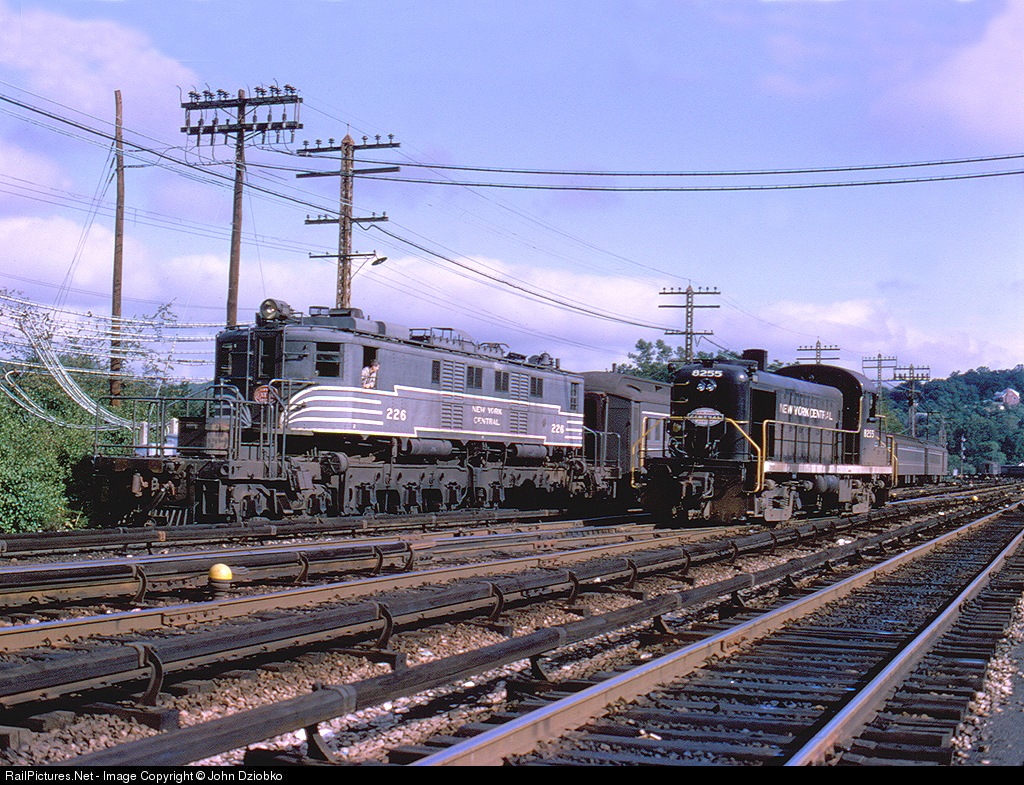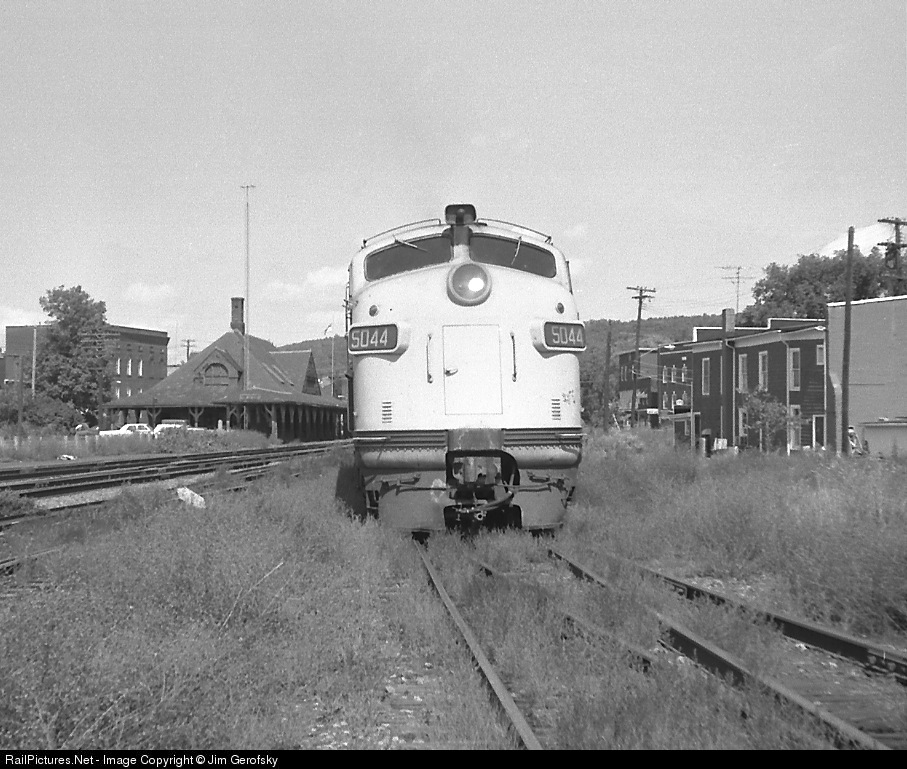 The Harlem Division can trace its roots all the way back to the original New York & Harlem Rail Road. The line was chartered by the state legislation in 1831, to build a street railway on New York's Manhattan island from 14th Street to the village of Harlem at 129th Street, seven miles to the north. Construction began in 1832, with the blasting of a rock ridge at Murray Hill. By 1832, the NY&H ran from Astor House to 14th Street. By 1837, rails reached the village of Harlem.
The Harlem Division can trace its roots all the way back to the original New York & Harlem Rail Road. The line was chartered by the state legislation in 1831, to build a street railway on New York's Manhattan island from 14th Street to the village of Harlem at 129th Street, seven miles to the north. Construction began in 1832, with the blasting of a rock ridge at Murray Hill. By 1832, the NY&H ran from Astor House to 14th Street. By 1837, rails reached the village of Harlem.An act of the New York State Legislature gave the railroad the power to expand into the Bronx, Westchester, and beyond. In 1842, the line jumped across the Harlem River to reach Williams Bridge, and into Westchester County to reach White Plains by 1844. Next, the railroad reached the top of Westchester County at Croton Falls in 1847, then on to Dover Plains in 1848, and finally the village of Chatham in 1852. At Chatham, connections were made with the Western Railroad (later the Boston & Albany) and the Rutland Railway.
On Septmeber 1, 1966, P-motor #226 and an RS-3 hang out at North White Plains, New York, then the northern limit of third rail electrification on the Harlem Division.
In 1854, Cornelius Vanderbilt took control of the NY&H through a stock purchase. He then purchased stock control of the Hudson River Rail Road in 1863, and merged the two together to make the New York Central & Hudson River Railroad in 1869 (shortened to New York Central in 1914). Of note, the NY&H company still exists today, and remains the owner of considerable Manhattan real estate properties.
 More and more people were living in the country and working in the city. As a result, a brisk commuter service developed on the lower portion of the Harlem early on. Third-rail electrification began in 1910 between New York and White Plains, as a result of the Grand Central Terminal Project. A engine terminal and transfer point was created at White Plains North to facilitate the changeover from electric to steam (and later diesel) locomotives. Beyond suburban service to Golden's Bridge and Brewster, through passenger service was available all the way to Chatham. Extended through services were operated over the Boston & Albany to Pittsfield and North Adams, Massachusetts. On occasion, the Harlem was used as a back-up route when the Hudson Division mainline was blocked. Today, only the section from Grand Central to Wassaic survives, operated by MTA Metro-North Railroad.
More and more people were living in the country and working in the city. As a result, a brisk commuter service developed on the lower portion of the Harlem early on. Third-rail electrification began in 1910 between New York and White Plains, as a result of the Grand Central Terminal Project. A engine terminal and transfer point was created at White Plains North to facilitate the changeover from electric to steam (and later diesel) locomotives. Beyond suburban service to Golden's Bridge and Brewster, through passenger service was available all the way to Chatham. Extended through services were operated over the Boston & Albany to Pittsfield and North Adams, Massachusetts. On occasion, the Harlem was used as a back-up route when the Hudson Division mainline was blocked. Today, only the section from Grand Central to Wassaic survives, operated by MTA Metro-North Railroad.The Lake Mahopac Branch
The New York & Mahopac, which ran from a connection with the New York & Harlem at Golden's Bridge to Lake Mahopac opened in June 1872. It was leased on the same date, and became part of the New York & Harlem Railroad in 1880. There was only one other station on the line at Lincolndale. The branch crossed the Putnam Division at grade at XC Cabin. The Lake Mahopac terminal was adjacent to the Putnam Division station at the same point. Operation of the Lake Mahopac Branch continued through 1959, when all passenger service was ended. Since there were no freight to justify leaving the branch in place, it was promptly abandoned and removed by the early 1960s.
Penn Central's Upper Harlem Line Sunday afternoon train for New York awaits a rider or two at the ex-New York Central station at Chatham, New York in May 1971.
The Port Morris Branch
The industrial track that ran from the Harlem Division at Melrose over to a connection with the New Haven on the East River at Port Morris was built as the Spuyten Duyvil & Port Morris in 1842. It split from the Harlem near 162nd Street (near Melrose), and ran to a point on the East River known as Port Morris. In 1853, the NY&H purchased the railroad and it was designated as the Port Morris Branch. In later years, the line was electrified with third rail, and was operated as a freight connection to the New Haven's Oak Point Yard.
Map of the Harlem Division


